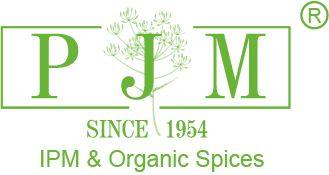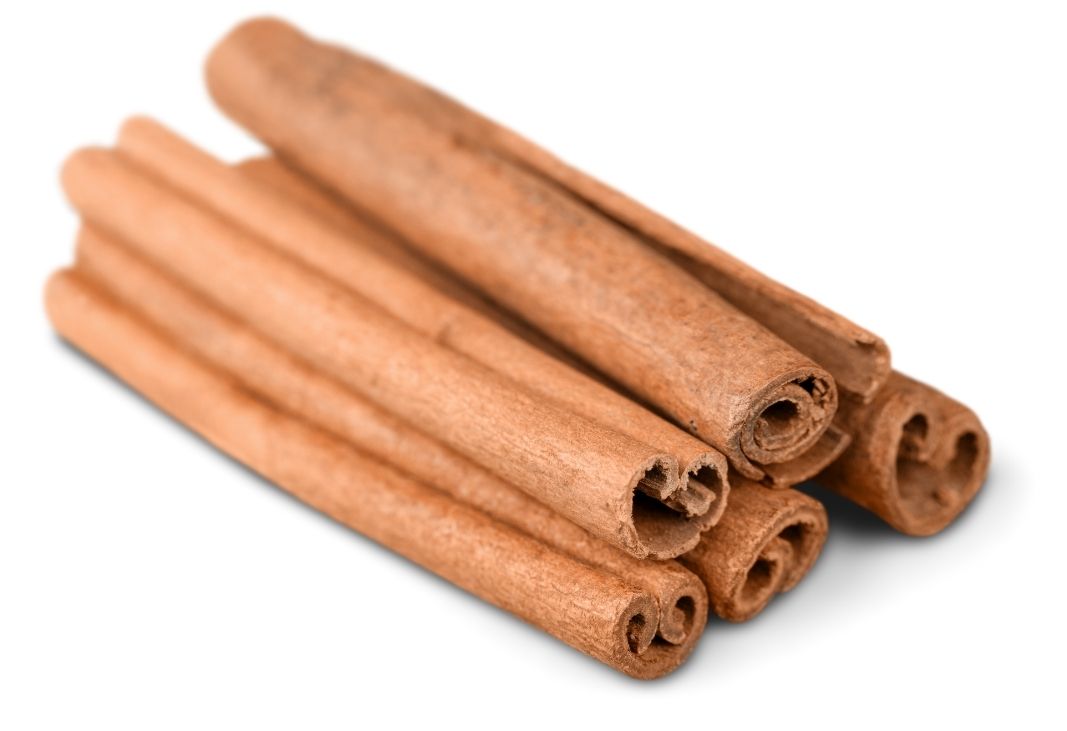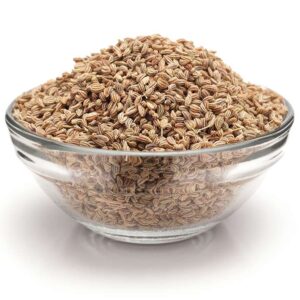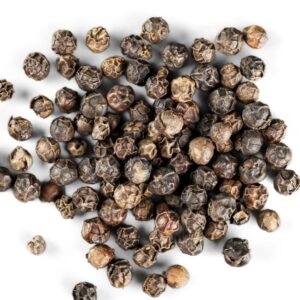Types of Cinnamon
Ceylon Cinnamon (True Cinnamon): Cinnamomum verum
Light brown color, thin, delicate bark
Sweeter and more subtle flavor
Cassia Cinnamon: Cinnamomum cassia (more common in supermarkets)
Darker, thicker bark, stronger and more pungent flavor
Nutritional and Medicinal Properties
- Contains cinnamaldehyde, responsible for much of its flavor and medicinal effects
- Rich in antioxidants
- May help lower blood sugar and improve insulin sensitivity (still under study)
Forms of Cinnamon
- Cinnamon Sticks (Quills): Whole bark curls used in cooking and infusions
- Ground Cinnamon: Powdered form, convenient but loses aroma faster
- Cinnamon Oil: Extracted for flavoring and therapeutic uses
Fun Fact
- Cinnamon was once so highly prized that it was considered more valuable than gold in some ancient cultures.
Specification of Cinnamon:
| PARAMETER | VALUE |
| PRODUCT | CINNAMON QUILLS |
| ORIGIN | INDIA |
| MOISTURE | 12.00% Max |
| TOTAL ASH | 5.0%MAX |
| ACID INSOLUBLE ASH | 1.0%MAX |
| VOLATILE OIL | 1.0% MIN |
Container :
| SIZE OF CONTAINER | QNT: |
| 20 FT | 6MT |
| 40 HQ | 15MT |
Taste and Aroma
- Warm, sweet, woody, with slight citrus and clove undertones
- Highly aromatic, comforting scent
Common Uses
- Widely used in desserts (cakes, cookies, pies), beverages (chai, hot chocolate), and savory dishes (Middle Eastern and Indian curries)
- Used in spice blends like pumpkin spice, garam masala, and Chinese five-spice
Medicinal
- Traditionally used to support digestion, blood sugar regulation, and respiratory health
- Known for anti-inflammatory and antimicrobial properties






